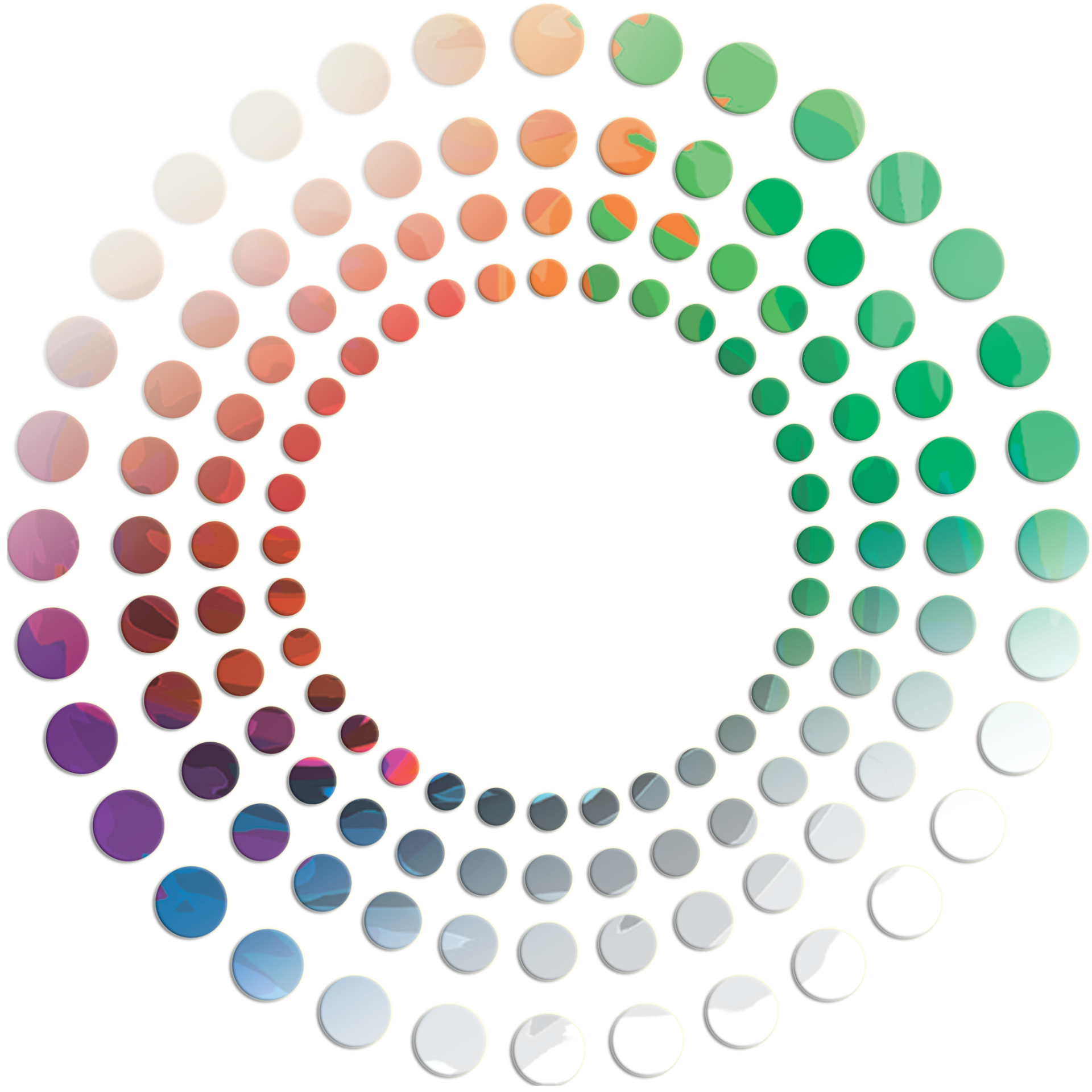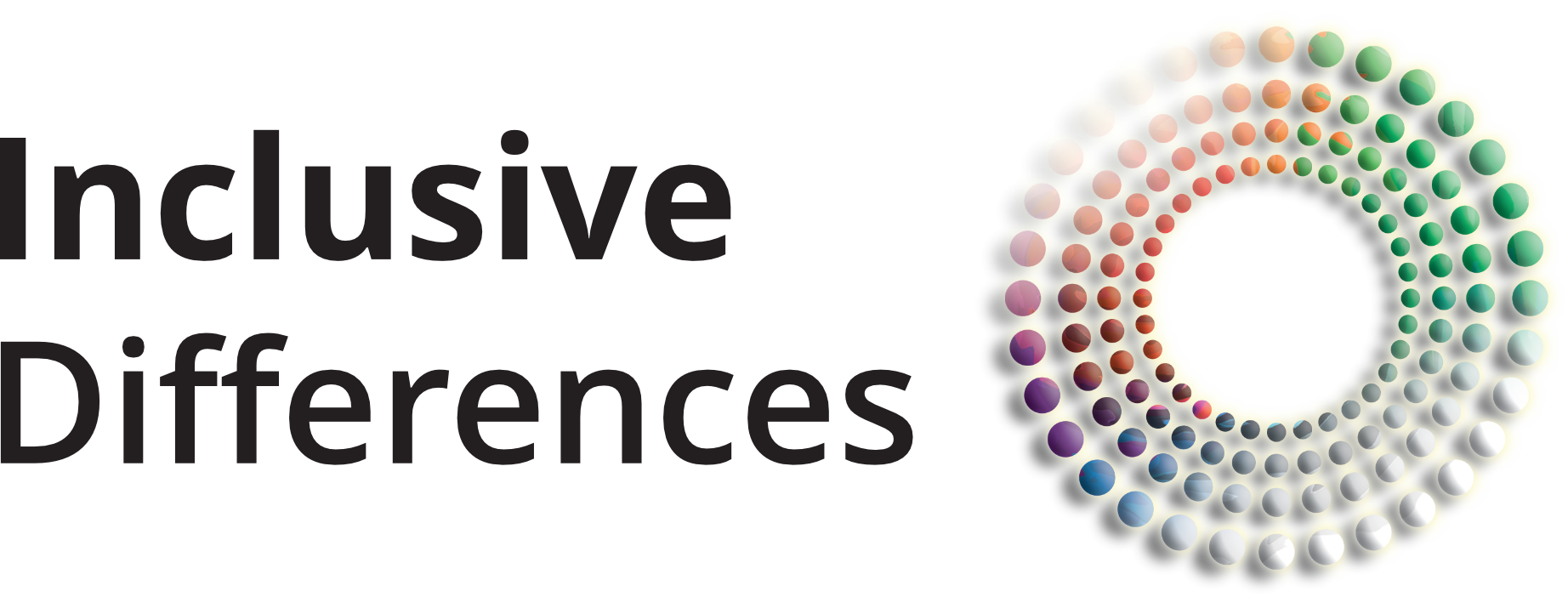
This page cover different aspects which needs to be considered to make sure inclusivity happens in the short and the long term
For some individuals with hidden differences, they can face many boundaries through which enabled them to have an inclusive part of society. This includes misinterpretation, excessive perceptions, prejudice and typecasting. Because of this, several factors need to be considered to make sure hidden differences is not wrongly excluded or alienated for the wrong reasons.
Through ground-level insight and context, this project will explore different examples of how inclusivity can be a reality.
Discover more by selecting the element areas below for detailed information
Please note some of the information is related to the context from within the United Kingdom and similar nations worldwide
-
Background
Our Society is a combination of vibrant and diverse individuals and communities.
If everyone is well represented then everyone benefits with everyone valued and appreciated fairly.
However, inclusivity is the only component that is vital to have and to maintain a diverse and fair society for everyone.
On the path towards inclusivity, we must not ignore or undervalue or exclude hidden differences place in an inclusive society as some can face obstacles and boundaries.
This goes beyond general issues such as accessing employment, education or other opportunities. Every fabric of society & community can be beneficial if we are more inclusive towards people with hidden differences.
However, everyone can make several steps to make it happen. This means changing attitudes and perceptions and a lot more.
This project explores different examples and factors which needs to be considered to make inclusivity works for everyone.
-
The Benefits
As well as the difficulties a person with hidden differences have they also have a variety of strengths of abilities. They also have many different positive qualities and attributes which can very beneficial to communities, businesses and society.
Their unique experiences and insight can be extremely useful when their voices are heard.
Also, a person with hidden differences can provide a bigger picture when it comes to providing suggestions and comments which is more like to be helpful than the average person.
-
Standards of Inclusivity
Below show examples of standards that need to happen to make sure inclusivity is a reality for hidden differences. This is presented into two groups, including minimum and enhanced standards on how inclusivity
THE MINIMUM STANDARDS
Hidden differences should be able to exist and function safely without intimidation, exploitation, abuse, hatred or any threats against their personal safety. This applies to a variety of locations including public transport, public places, open spaces, places of enclosed environments (related to work, education, retail, leisure, activity groups and the community)
The voices from hidden differences should be heard and be well represented on community issues that affect their place in society.
Hidden differences should be able to exist at social, leisure activities and gathering without receiving abuse, hatred or exploitation which force exclusions.
Not to use a person's hidden differences to suggest or to pressure them to exclude them into separate groups linked with their condition or similar difficulties.
When a person with differences is seen in society, they should never be frowned at, looked down at or made to be ashamed.
To maintain inclusivity a person with differences dignity and human rights must be respected throughout.
THE ENHANCEMENT STANDARDS
Improved representation of hidden differences at work environments in all sectors based on their strengths and positive attributes
Enabling hidden differences as an inclusive participant in events, festivals and similar activities based on their strengths and positive attributes
Improved representation of hidden differences at community and at activity groups based on their strengths and positive attributes
Representing voices of hidden differences strongly as a citizen and not as medical or care recipients. This must go beyond hidden differences sharing the understanding of their difficulties. Instead represents hidden differences better as a citizen, consumer, voter during elections, service user and as a member of society.
Society & communities need to be resilient against prejudice and disrespectful attitudes along with other behaviours that prevent hidden differences to be inclusive.
For hidden differences to exercise their passions* while being inclusive, it needs to be achieved without boundaries based on their strengths and positive attributes.
Note:
* - Please do not confuse any passion with obsessions which is not the same
-
Open minded, patience and encourgement
As well as understanding hidden differences, many other steps need to be considered.
The important step is not to make quick presumptions against how a person with differences appears. This means being less perceptive and looking beyond what they appear to see
Because of how their difficulties are unnoticed, we need to not make any disrespectful allegations without noticing their difficulties. Instead, pay more attention if a person may be struggling with certain abilities and qualities which other people take for granted.
Also never respond with critical presumptions for the wrong reasons.
Make sure their voices are well represented and not be wrongly misinterpreted or filtered.
Ultimately a person with differences needs to be appreciated to maintain inclusivity
-
Monitor
Many factors need to be noticed related to situations that can affect inclusivity
Keep an eye on any form of prejudice, jealousy, and resentment
Some people would use comparative exploitation to stop a person with differences from socialising or interacting with someone the prejudiced person is interested in by creating hostility and confrontation deliberately to alienate them.
Be aware with some people would deliberately discriminate against a person with differences in a provocative, subtle and exploitative way. This is done to a level when it is harder for other people to notice. This means when a person with differences are reporting a prejudiced attitude, they would be automatically disbelieved and could be socially discredited and undervalued for speaking up.
Certain people would escalate the prejudice further against hidden differences by deliberately causing a series of abuse. This is aimed to cause maximum shame forcing them to be removed from social & other inclusive environments. Examples include physical pranks, physical abuse and other provocative incidents. For example, during social occasions, a prejudiced person or group of people could deliberately knock over a person with differences then use their disapproval by deliberately spilling an alcoholic drink over their shirt.
When a person with differences is seeking assistance can face unsupportive responses by others nearly through jealousy and resentment. This can lead to facing unplanned hostile arguments, pressures them to stop drawing attention to themselves and mask their difficulties. This means they can be forced to suffer without seeking guidance. This can be a damaging risk to a person with differences mental health, anxiety and could lead to depression.
If a person has received bullying and abuse and it has escalated, never humiliate a person with differences by making perceptive blame for being upset caused by the prejudiced person.
Speak up & show your support if a person with differences is facing harassment, abuse and hatred.
-
Discourage
There are certain attitudes, misjudgements and mistreatments that can occur which needs to be discouraged which harm hidden differences to be inclusive.
Some people will provoke a person with differences to bring the worse out of them to make them become discredited and excluded
There will be individuals or groups of people with extreme prejudiced attitudes especially towards hidden differences from diverse backgrounds (including women, black and other ethnic backgrounds or with LGBT) and can use their background to provoke trouble, spread lies and inflame damaging prejudice which could alienate their presence and circumstances. It is also aimed to cause the maximum amount of shame. The perpetrator or the prejudiced group of people will never admit their actions until the damage has been done or have been intervened.
This can lead to the person with differences can face oppression and before excluding themselves or being withdrawn
In the environment of volunteering, education and training certain people will deliberately spread negative and trivial attitudes towards a person with differences in front of them or behind the back. This includes mocking and ridiculing how do they talk or how different their abilities are. These kinds of prejudice can continue for a long period of time and would go undetected until the discrimination has caused damaging harm.
-
Modify Communication & judgements
How we judge and communicate can affect some people with differences being inclusive and to be seen in society. The summary of examples explores how we can modify to maintain a person with a differences sense of belonging.
Never create unplanned or challenging questioning especially when a person has disclosed their difficulties.
Do not make disrespectful criticism based on how they appear without realising they may be struggling with dealing with certain situations.
If a person hasn't disclosed their difficulties, never make perceptive allegations to disrespect the person with differences for the wrong reasons. It is very important to check if they got specific difficulties or maybe struggling before making a judgement. Otherwise, you could cause damaging harm to their presence for the wrong reasons.
If a person with differences has reported a specific negative experience caused by prejudice and mistaken identity, never respond with indirect blame against their difficulties or to respond with unhelpful remarks such as "you make your own luck".
-
Factors to consider
There is a family of additional guidance to consider to gain and maintain inclusivity.
There might situations when there is a risk for a person with differences and can be compromised which can lead to any minor or major changes. The risk can lean to anxiety mental health along with mental & physical burnout.
Some people with differences may face complicated conflicts and situations away from the particularly inclusive location. It can be a domestic matter when a person with differences is struggling. They could have faced discrimination, prejudice or hatred on the way towards the inclusive location. Also, if a person with differences is struggling they may not have anyone to turn to for help. Therefore this could cause psychological and emotional side effects when they are at the inclusive location
Some people with hidden differences can be easily excluded or be seen alone due to prejudice and rejections.
Certain prejudiced people can deliberately take advantage of a person with differences, especially when they received a very negative situation. This involved abusing or discriminating against them to cause them further hurt and despair.
We need to distinguish a person with differences who has good intentions and who is self-aware. Also to notice of their attempts to be adjustable, adaptable and considerate.
Any potential change of trends, policies or procedures can affect a person with differences presence.
Some people with differences than others needed additional support to make sure that they are not undervalued or at risk of alienation.
It is also important to pay attention to the various pressures of a person with differences from diverse backgrounds.
For example, because women with hidden differences blend in better during social and working environments better than men. However, women with hidden differences can face greater boundaries and discrimination. This can lead to being constantly disbelieved and undervalued
Black and other ethnic groups have complicated levels of expectations and pressures they live with. Many people with differences are pressurised to mask their difficulties to prevent being shamed. Because of the masking pressures, a person with differences can be wrongly disrespected through mistaken identity. Also in certain environments, they can be demonised for appearing too articulate and intelligent against how others perceive them. Therefore they can be wrongly accused of bad behaviour for the wrong reasons and face toxic characteristic judgements against them.



